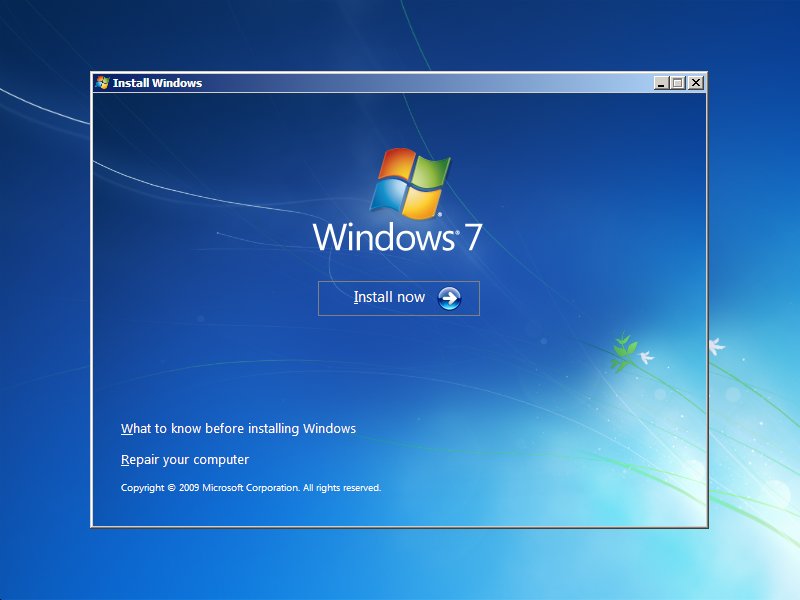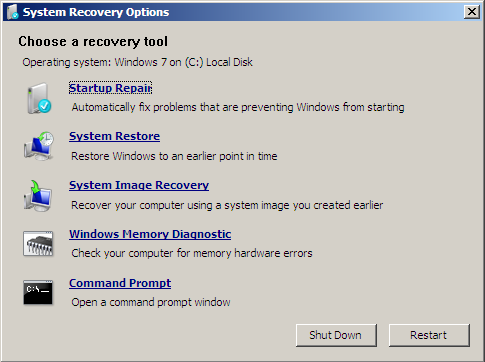Get the fix for the error No bootable medium found on Windows XP, Windows Vista, Windows 7 and Windows 10.
Contents
About “No bootable medium found“
The following information on this error has been compiled by NeoSmart Technologies, based on the information gathered and reported by our global network of engineers, developers, and technicians or partner organizations.
Description and Symptoms
The error messages, alerts, warnings, and symptoms below are tied to this error.
Symptom 1: “No bootable medium found” error screen on startup
A partition table is a table maintained on disk by the operating system describing the partitions on that disk. This term is most commonly associated with the MBR partition table of a Master Boot Record (MBR) in IBM PC compatibles, but it may be used generically to refer to other “formats” that divide a disk drive into partitions. If the partition table becomes damaged or corrupt, or simply has no bootable entries, then the system becomes unable to locate the partition to boot from and the boot process is halted.
FATAL: No bootable medium found! System halted.
Causes of this Error
This error has been known to occur as a result of one of the following causes:
Cause 1: Partition table is damaged
The most frequent cause of this error is a damaged partition table. It is located in the MBR(Master Boot Record) of the boot sector, which holds the information on how the logical partitions, containing file systems, are organized on that medium. The most common cause of that error is a failing hard drive, or a disk write error.
Cause 2: Partition table is empty
Another possible cause of this error is a partition table that has no bootable entries. This may happen because of errors made when configuring the partition table manually, or disk read/write errors.
Fixing “No bootable medium” on Windows
Windows Setup CD/DVD Required!
Some of the solutions below require the use of the Microsoft Windows setup CD or DVD. If your PC did not come with a Windows installation disc or if you no longer have your Windows setup media, you can use Easy Recovery Essentials for Windows instead. EasyRE will automatically find and fix many problems, and can also be used to solve this problem with the directions below.
Fix #1: Rebuild the MBR with Easy Recovery Essentials
Easy Recovery Essentials can fix many errors such as this automatically using its built-in Automated Repair option. EasyRE is currently available for Windows XP, Vista, 7, 8, Windows 10, and Windows 11 and can be downloaded and created on any PC.
- Download Easy Recovery Essentials. Make sure to note your Windows version (XP, Vista, 7, 8, 10, or Windows 11) before you download EasyRE. This guide can help you identify what version of Windows you have installed.
- Burn the image. Follow these instructions on how to burn the bootable ISO image very carefully, as making a bootable CD can be tricky! Alternatively, these instructions explain how to create a bootable EasyRE recovery USB stick/drive.
- Boot up your PC from the Easy Recovery Essentials CD or USB you created.
- Once EasyRE is running, choose the “Automated Repair” option and click Continue.
- After EasyRE scans your computer’s drives, identify and select the drive letter for your Windows installation from the list, and then click on the Automated Repair button to begin.
- Easy Recovery Essentials will start analyzing the selected drive for problems. EasyRE will test for and attempt to automatically correct errors with the disk, partition, bootsector, filesystem, bootloader, and registry. No intervention is required, as EasyRE’s repair is fully automated:
- Once the process is complete, EasyRE will report its findings. Click on the Restart button to reboot your PC and test the changes.
- The “No bootable medium” error should now be fixed as your PC begins to load:

You can download Easy Recovery Essentials from here.
Fix #2: Rebuild the MBR manually
You can try to rebuild the BCD if the winload.efi error appears because of a corrupt BCD file:
- Insert the installation disc
- Restart your computer and boot from the disc
- Click Repair your computer

- At the System Recovery Options screen, select Command Prompt

- Run the following commands:
bootrec /fixboot bootrec /scanos bootrec /fixmbr bootrec /rebuildbcd
- Press Enter after each and wait for the commands to finish
- Restart your computer
More Information
Linked Entries
Support Links
- Easy Recovery Essentials for Windows – our repair and recovery disk.
It’s an easy-to-use and automated diagnostics disk. It’s available for Windows 8, Windows 7 and Windows Vista. It’s also available for Windows XP and Windows Server.Read more at Windows Recovery Disks.
- The NeoSmart Support Forums, member-to-member technical support and troubleshooting.
- Get a discounted price on replacement setup and installation discs: Windows XP, Windows Vista, Windows 7, Windows 8, Windows 10.
Applicable Systems
This Windows-related knowledgebase article applies to the following operating systems:
- Windows XP (all editions)
- Windows Vista (all editions)
- Windows 7 (all editions)
- Windows 8 (all editions)
- Windows 8.1 (all editions)
- Windows 10 (all editions)




